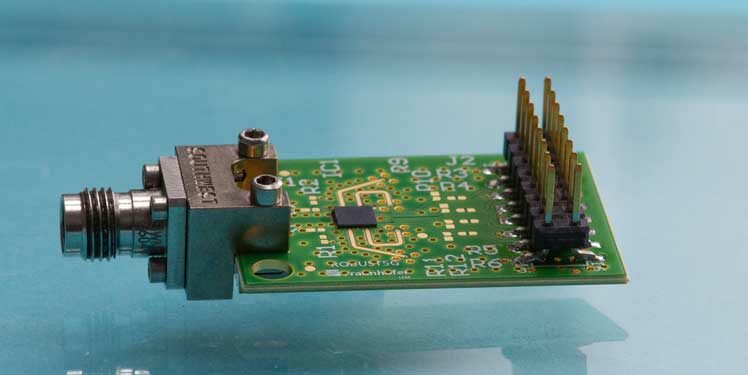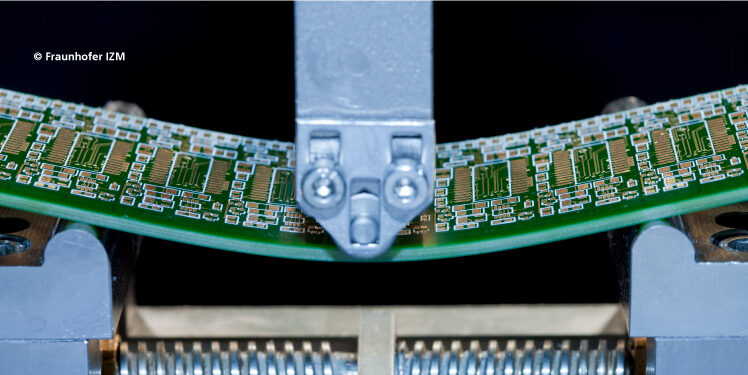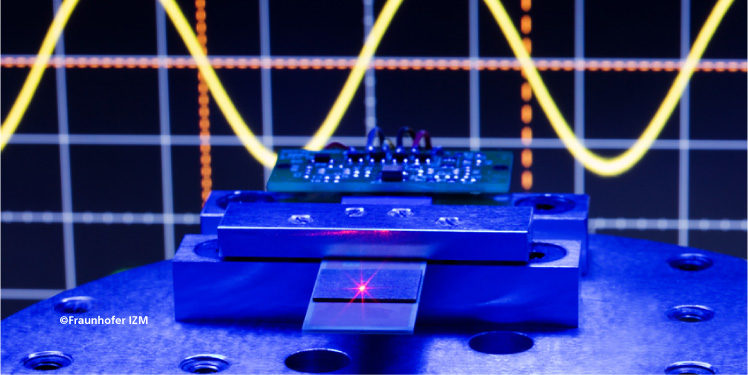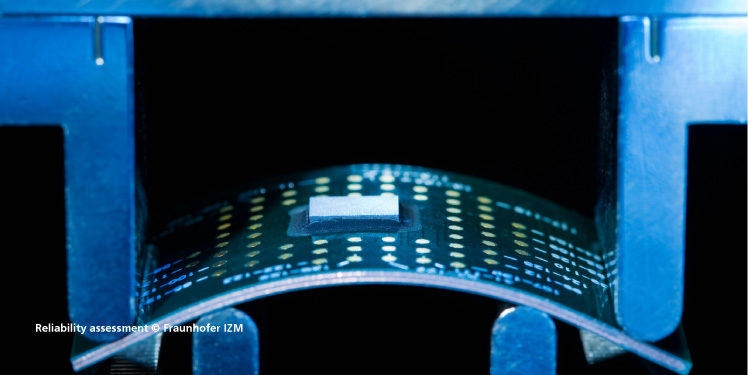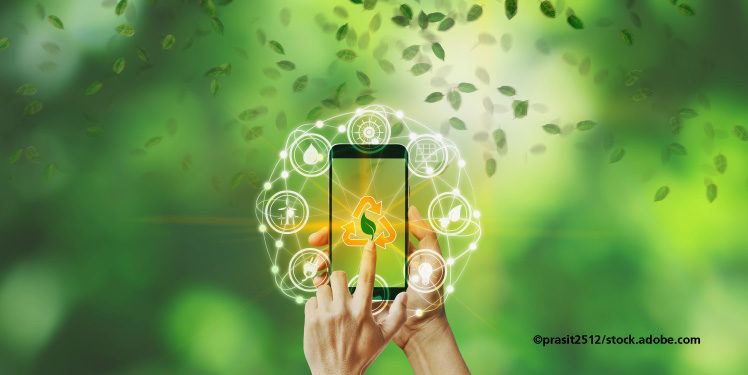Robust5G – How clever module design slows down the material aging of 5G components
Communication networks like 5G need the many modules and components that make them up to be robust and long-lasting, whatever the environmental conditions or other circumstances may be. Researchers at Fraunhofer IZM have now developed a testing method which allows…

